Bengal still boasts of the finest Muslin
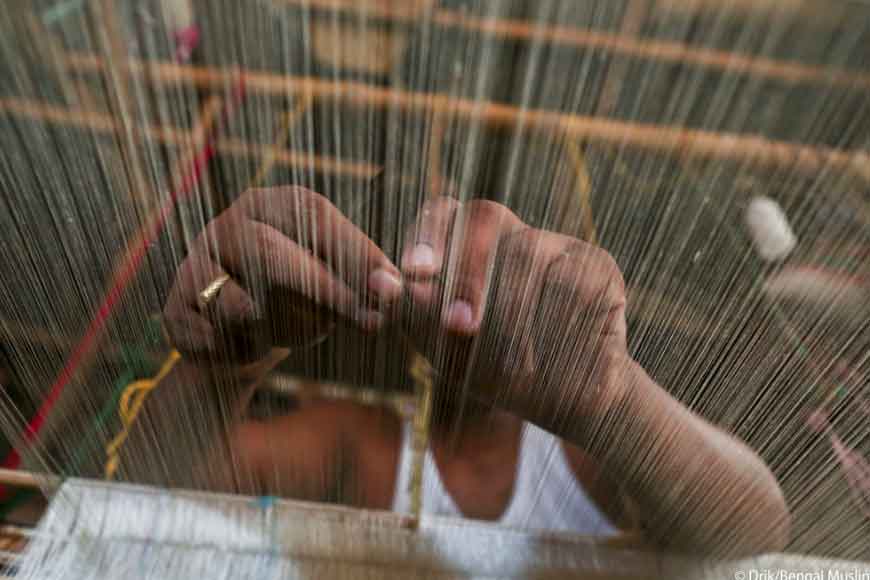
Bengal has manufactured textiles for many centuries, as recorded in ancient hand-written and printed documents. Though we have always equated western India as the textile hub of the nation, Bengal had robbed the limelight since ancient ages as producing the best textiles of the world, one of them being the Muslin. Muslin was exchanged for ivory, tortoise shell and rhinoceros horn during that age. The Romans prized Muslin highly, using gold coins to buy the material and introduced it to Europe, and eventually it became very popular.
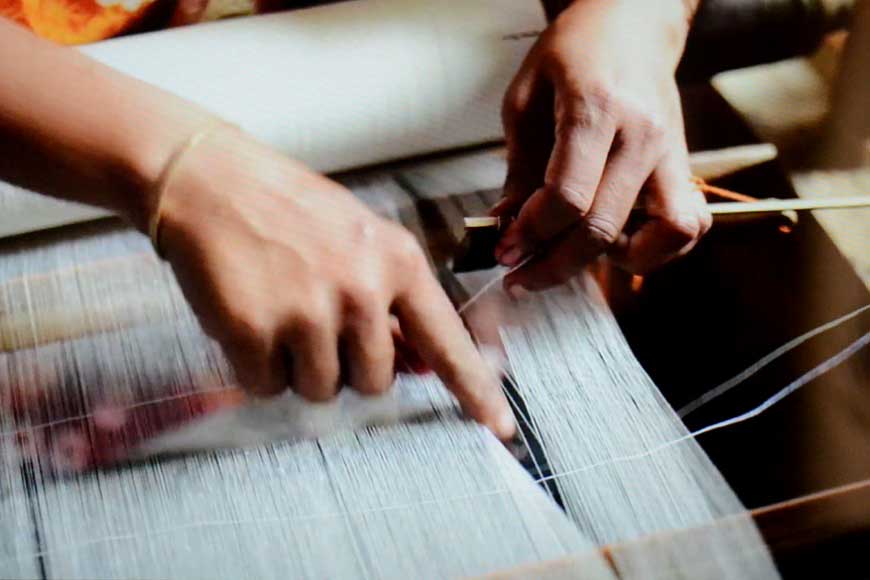
For the wanderlust traveler of today, ‘Muslin Circuit’ could very well be a new travel destination in West Bengal. West Bengal Khadi and Village Industries Board (WBKVIB) in collaboration with Society for Kindling Handicrafts & Indigenous Art (Sokhia) has conceptualized a unique travel plan: tourists will be taken to those places where muslin is weaved.
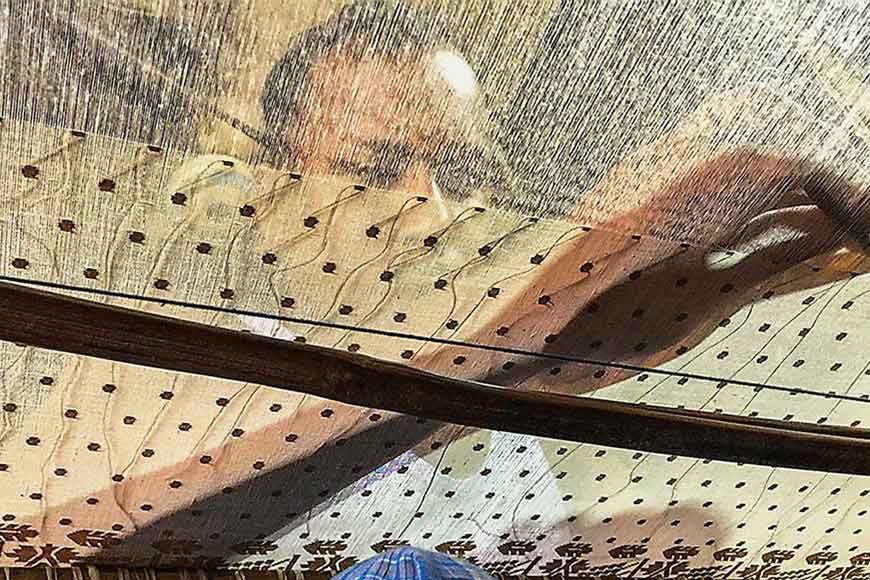
A Chinese voyager, Ma Huan, wrote about five to six varieties of fine Muslin after visiting Bengal in the early fifteenth century; he mentions that Bengal muslin was highly priced in China during that time. Under Mughal rule, Bengal was a center of worldwide muslin, silk and pearl trades. During the Mughal era, the most important center of cotton production was Bengal, particularly around its capital city of Dhaka, leading to muslin being called "daka" in distant markets such as Central Asia.Bengal also exported cotton and silk textiles to markets such in Europe, Indonesia and Japan. Bengal produced more than 50% of textiles and around 80% of silks imported by the Dutch from Asia.
So, do we say the glory has been lost today? Well no. Even today districts like Murshidabad, Burdwan and Nadia, grow cotton used for making muslin that is free of pesticides and no chemical fertilizers are used in the plants. This makes muslin both organic and eco-friendly and ideal as dress material. At present muslin is grown in the villages of Akalpoush and Sasinara of Samudragarh region in Burdwan, Nabadwip in Nadia and Jiagung in Murshidabad. Weavers of Burdwan have been able to weave muslin fabric of 500 counts. A muslin saree, weaved here is so soft and smooth, that it can pass through a ring.
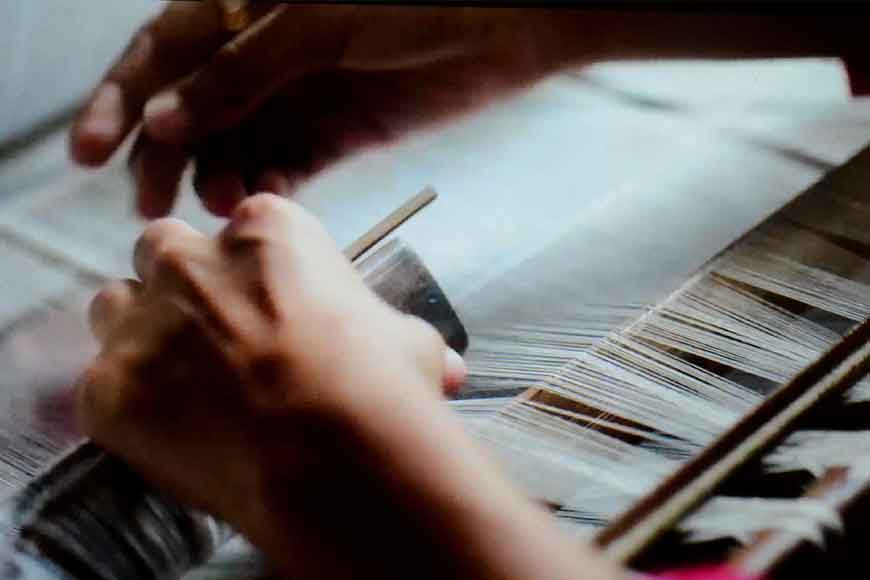
If you are interested in taking a Muslin trail, then stay at district circuit houses and take conducted tour to places where muslin is weaved. You get a chance to visitweavers’ units and watch from close quarters the art of creating fine muslin from cotton.This significant move is aimed at boosting sale and marketing of this lush cotton fabric and will help to uplift the financial condition of the weavers. Last year, many foreign tourists went for the Muslin-Circuit House trip and this year too, there is a huge demand from abroad for similar trips, specially from those who live in Great Britain and Australia. Basic infrastructure facilities like rest rooms, washroom facilities, restaurants for tea and snacks and sales outlets have been constructed at these places for the convenience of tourists. The visitors will be able to witness the various stages of creation of muslin fabric right from the cultivation stage to weaving on spinning wheels and making the fabric.
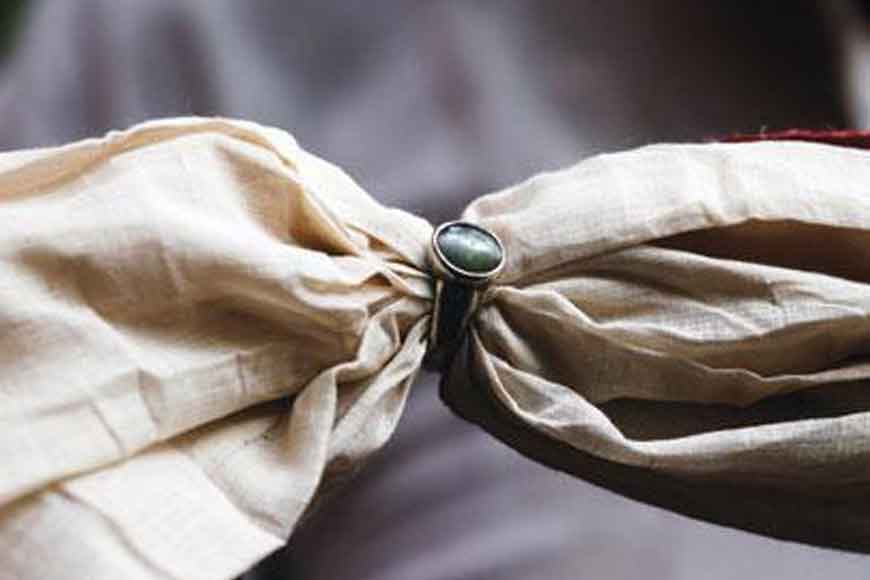
In the last few years, Muslin is making small revival as Handwoven Muslin Sarees are being adopted by consumers worldwide. Muslin forms a perfect backdrop for weaving of floral Jamdani patterns.










